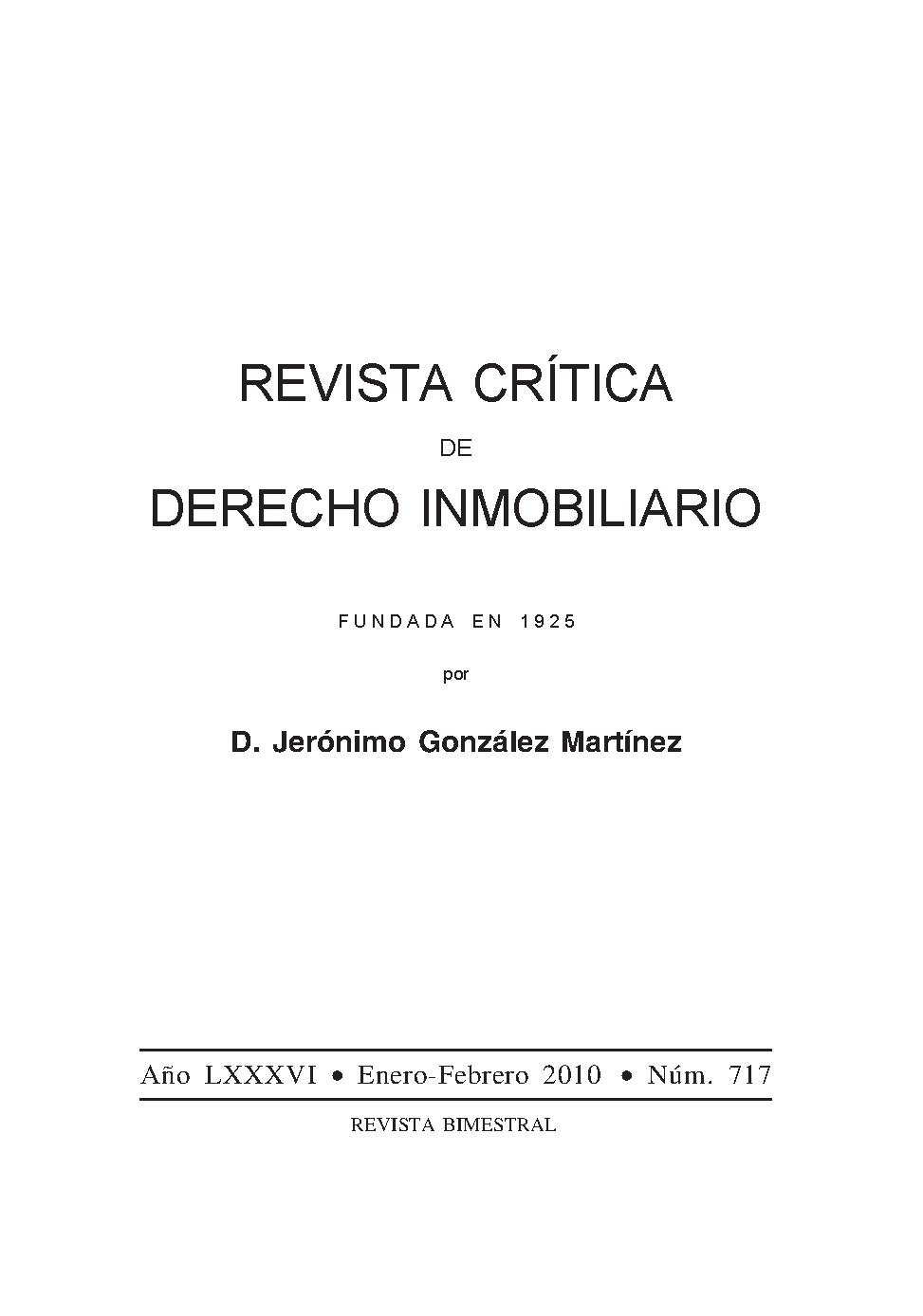EL DERECHO DE ASOCIACIÓN Y SU REGULACIÓN EN EL ORDENAMIENTO JURÍDICO PERUANO.
Keywords:
RIGHT OF ASSOCIATION, PERUAbstract
The right of association is recognized in the Political Constitution of Peru as one of the fundamental rights of all persons, empowering all persons "to form associations with one another and to create foundations and diverse not-for-profit forms of legal organization, without prior authorization and pursuant to law. They cannot be dissolved by administrative decisions" (article 2, indent 13). It ought to be stressed that the nomen juris "right of association" does not allude exclusively to a special type of organization, i.e., the association, but instead refers to all kinds of organizations made for a non-profit purpose. For this reason we believe it would be better to use the term "right of organization". The fundament of this right is found in the gregarious nature of people. Realizing or attaining one's life plans or objectives requires cooperation or interaction with other people, without overlooking the individual dimension of the people with whom one cooperates or interacts. Accordingly, Peru's Magna Carta recognizes this right as the attribute of all persons to form associations with one another freely, and it grants to what is created in exercise of said attribute the standing of "legal organization", i.e., "an organization protected by the Constitution, where, unlike constitutional bodies, whose regulation is given in the text of the Constitution itself, and its implementation is left to the realm of organic law, in this the specific constitutional configuration of the organization has been left to the ordinary legislators, for whom no limits are set other than respect for the essential core of the institution that the Constitution guarantees". Jurisprudence has delimited the essential content of the right of association or organization, which essentially encompasses: a) "The right to form associations", i.e., people are in principle free to create associations or to join associations that have already been created; b) "The right not to form associations", i.e., no-one can be coerced or forced to form part of an association or to remain in an association; and, c) "The faculty of self-organization", to wit, people who form associations may (must) establish their own organization through the statutes, which must in turn "abide by the framework of the Constitution and the laws that, respecting the essential content of such right, implement and regulate the said right".









